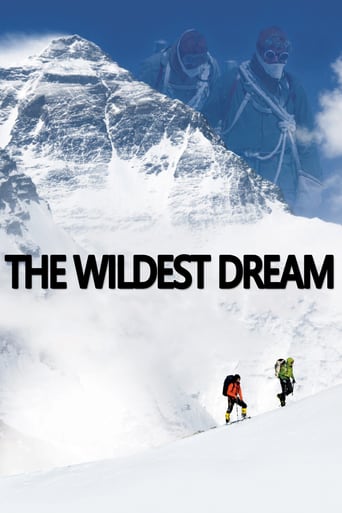


The Wildest Dream
Uses astonishing visuals to tell the intersecting stories of George Mallory, the first man to attempt a summit of Mount Everest, and Conrad Anker, the mountaineer who finds Mallory's frozen remains 75 years later.
-
- Cast:
- Liam Neeson , Natasha Richardson , Conrad Anker , Ralph Fiennes , Leo Houlding


Similar titles
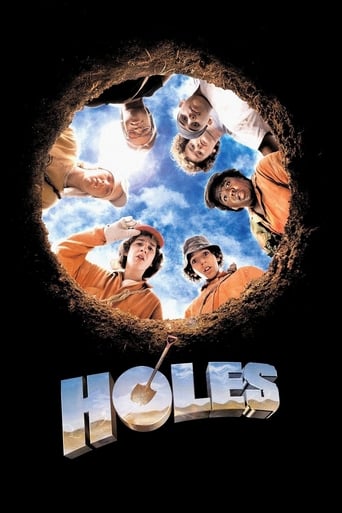
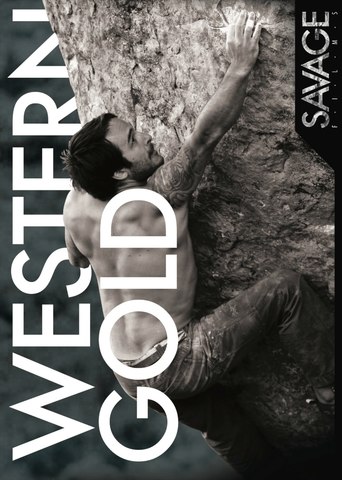
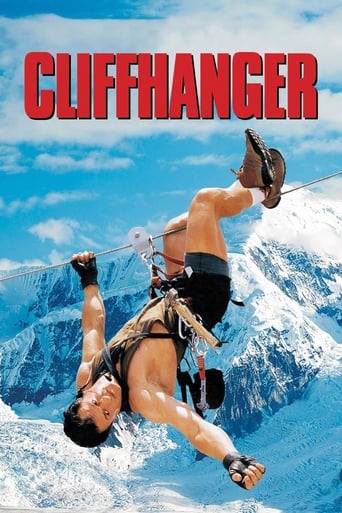
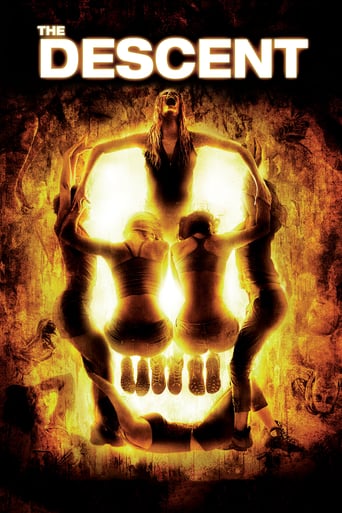



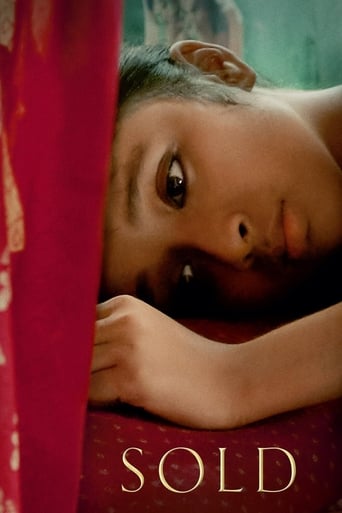

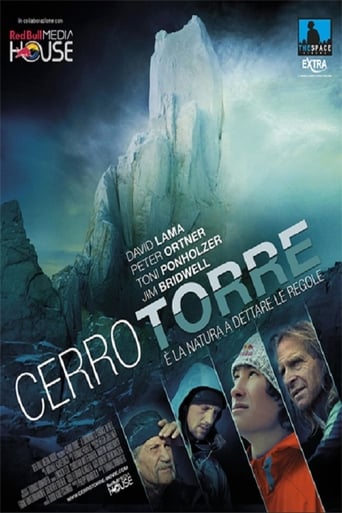
Reviews
the audience applauded
hyped garbage
Absolutely the worst movie.
While it is a pity that the story wasn't told with more visual finesse, this is trivial compared to our real-world problems. It takes a good movie to put that into perspective.
"For a couple of minutes, I entertained the idea of not telling anybody". Maybe the mystery was better, maybe not knowing if George had reached the top or not was better for Conrad. Although I'm not sure if there is more evidence in favor of George not making the summit, I find beautiful that the strongest evidence in favor of his successful ordeal, is the missing picture of Ruth. How times have changed.As with many interviews with great climbers, experience the humility and almost alien way mountaineers think. Follow Conrad's respectful mission to uncover one of the greatest mysteries in mountaineering, was Mallory the first human on the top of the world?
I really enjoyed this film, finding it particularly engaging and informative, especially after having just watched the poorly crafted mountaineering documentary 'The Summit.'It was clearly a passion project, and it also revolved around attempting to recreate the fated Mallory expedition, so, unlike others, I wasn't too bothered by the fact that Conrad Anker featured a lot in this documentary. It felt a little bit forced in places (he clearly seemed to be reading from a script or reciting practiced lines, rather than speaking from the heart, at times) but there were still enough fascinating insights to overlook this sort of stuff (remember, he's an experienced climber, not a documentary filmmaker!)The one aspect of the documentary that I did find frustrating, and thus the lower rating, was the fact that it was clearly built on endorsing one particular theory about the Mallory expedition, rather than taking a more unbiased approach and allowing their conclusions to simply be part of the wider speculative mix.This bias meant that we did not get to hear all of the various theories about what possible route they could have taken or whether they even made the climb, let alone the summit, etc.It also created a situation in which some rather glaring holes in their re-creation attempt of Mallory's possible final climb were completely ignored.For example; even though he was inexperienced at altitude, Conrad Anker's partner for the re-creation attempt was a very capable rock climber, whereas Mallory's partner was a rower with no climbing experience.Or the fact that they made their re-creation climb dressed in modern climbing gear, whereas the clothes and boots used by Mallory were very rudimentary and would not have afforded the same advantages to him.In fact, aspects of their modern re-creation expedition were a little bit gimmicky in places and really added nothing of substance to the documentary - like the very brief use of old style climbing clothes and boots similar to the ones worn by Mallory and his team.If they'd carried out their whole re-creation expedition wearing the old style gear (something I would never expect them to do in a million years) then that would have added something truly important to the documentary. Simply putting it on for a brief period was merely a gimmick and it really only resulted in one interesting piece of information - that the old style clothing provided far less protection from the elements, and the boots were far less suitable for climbing than modern gear is. This really should have featured in the final narrative as evidence that challenges the theory that the documentary was proposing, but, alas, it is simply mentioned and then quickly moved on from.There are also other issues around the timing of the original attempt, and whether they had appropriate oxygen supplies, etc, to complete the climb.All in all this is a very watchable and interesting documentary that is let down by one simple flaw: it doesn't document all of the evidence, and it really only presents their preferred theory about Mallory's summit attempt (and even then, it's only a very brief examination of that attempt, and a lot of unwarranted conclusions are drawn from it.)That being said, I'd still highly recommend this movie to others.
What happened to British climbers George Mallory and Andrew Irvine after their associate Noel Odell saw them disappear into the clouds on Mt. Everest's Northeast Ridge has been perhaps mountaineering's greatest mystery. Wildest Dream begins with the discovery of George Mallory's frozen body on the North Face of Mount Everest. Conrad Anker, who made the discovery, felt compelled to learn about Mallory, and eventually decided to re-create Mallory's last climb, in order to answer the enduring question, Could Mallory and his companion Sandy Irvine have reached the summit? Using archival footage and photographs, letters between Mallory and his wife Ruth, and interviews with Mallory's granddaughter and Irvine's great niece, the film traces Mallory's life and his role in the British Everest expeditions of 1921 and 1922, as well as the fatal 1924 expedition. Combined with this is the story of Anker's 2007 attempt to repeat Mallory's final climb. As Mallory had selected the athletic, but inexperienced Irvine as his climbing partner, Anker chose the similarly athletic but inexperienced Leo Houlding to accompany him. Of course, Anker enjoyed many advantages that history denied to Mallory. Nonetheless, during his attempt to climb the second of three steps (large rock outcroppings) along Mount Everest's Northeast Ridge, Anker slipped. Thus, in a film about how Mallory and Irvine fell to their deaths, we come chillingly close to seeing Anker and Houlding fall to their deaths. Wildest Dream passes over some of the more gruesome aspects of the story—the fact that a rock had punctured a hole in Mallory's skull during his fall, perhaps killing him, and the presence, in this same area, of 17 other bodies. But its major flaw—and, because it seeks to establish what actually happened, it is a major flaw—is its implied conclusion that if Mallory and Irvine mastered the Second Step they must have reached the summit. In fact, the film neglects much of the evidence from their last hours. For example, there is a variation of opinion about the Second Step. In 1995, Mallory's grandson pronounced it "easy" and climbed it without trouble. Apart from that, Mallory, who had no experience climbing under the conditions on the Northeast Ridge, may well have overestimated the speed with which they could reach the summit. In any case, he may have underestimated the amount of oxygen they would need, perhaps thinking that if they each carried two oxygen tanks, rather than three, they would be better able to "rush the summit." Students of the 1924 expedition have expatiated at length on evidence relating to Mallory and Irvine's final summit attempt. One key piece of evidence is the 12:50 p.m. sighting of the pair by Noel Odell. If they had reached only the First Step by that time, they were seriously behind schedule; but, if they had reached the Third Step (at the base of the final pyramid), their prospects for reaching the summit were excellent. Unfortunately, Odell changed his account over time, so we do not know for certain on which of three steps he saw Mallory and Irvine. Another piece of evidence is Mallory and Irvine's oxygen supply. The conventional assumption seems to be that they each had two full oxygen bottles--at the maximum rate, that would have provided them with oxygen for about 8 hours. In this scenario, their oxygen would have been exhausted before they reached the summit, perhaps before they reached the Third Step, quite possibly forcing them to turn back. But others have argued that Mallory and Irvine each had a partially full oxygen bottle in addition to two full ones, enough perhaps to get them to the summit or close to it. But again, unfortunately, we do not how much oxygen they had; nor can we be sure that all their oxygen bottles were functioning (many had leaked or malfunctioned). More generally, many modern climbers allow 12 hours for the ascent from their high camp to the summit. British climbers on the 1924 expedition seem not have begun their climbs until about 6:00 a.m. Following such a late start, Mallory and Irvine would not have reached the summit until late afternoon. And it would have been dark at 7:00 p.m. At some point, it may have become clear to Mallory, even if he still had oxygen, that he could not summit and still descend in daylight--and some modern climbers have concluded that it is impossible to descend the Second Step in darkness. In this situation, would Mallory have yielded to his urge to summit, or turned back in recognition of his responsibility to his companion and his wife? Since Mallory intended to place a photograph of his wife on the summit, its absence from his personal effects has been adduced as evidence that he did reach the summit. But it seems quite possible that Mallory left Ruth's picture, not at the summit, but at the highest point that he did reach, knowing that she was more anxious to have him back alive than to have her photograph on the summit. (As an example of how far the existing evidence can be pushed, there is also a theory that Mallory appropriated whatever oxygen was available for his own solo attempt on the summit, and told Irvine to return to the high camp or wait along the route.) Wildest Dream provides a good portrait of Mallory and his climbing career. But it does not persuade this reviewer that Mallory reached the summit of Mount Everest.
Conrad Anker is the steely-eyed hero of the film... The man who discovers Mallory's body takes 8 years to return to the ogre that is Everest to attempt to close the circle on that climber's third and final attempt to summit. To make possible the fulfillment of Mallory's promise to his wife. Its an intensely personal quest for Anker. The man has married his best friend's widow, adopted her three children, and cannot fail. And there is a moment that it seems Anker too may slip into the void. Get lost in the clouds. A planned but organic symmetry between Conrad Anker and George Mallory's climbs emerges, filmed in breathtaking detail with great voice acting.
